INTRODUCTION

If one was to ask any SSD manufacturer about which generation of PCIe NVMe M.2 SSDs they are selling more currently that would be PCIe 4.0 Gen 4 ones, at least for the majority of cases. As a matter of fact, last year SSDs outsold HDDs (in units, not total capacity) and even though I do believe SSDs will never fully replace HDDs (probably not in my lifetime anyways) this is a good indicator of where the market is heading. KIOXIA hasn't released that many consumer oriented M.2 SSDs lately, especially Gen 4 ones (still no Gen 5) but since they did release the EXCERIA PLUS G3 line a while back today I'll be testing the 2TB variant.
KIOXIA Europe GmbH (formerly Toshiba Memory Europe GmbH) is the European based subsidiary of KIOXIA Corporation, a leading worldwide supplier of flash memory and solid state drives (SSDs). From the invention of flash memory to today's breakthrough BiCS FLASH 3D technology, KIOXIA continues to pioneer cutting-edge memory solutions and services that enrich people's lives and expand society's horizons. The company's innovative 3D flash memory technology, BiCS FLASH, is shaping the future of storage in high-density applications, including advanced smartphones, PCs, SSDs, automotive and data centers.
The EXCERIA PLUS G3 is a DRAM-less PCIe 4.0 Gen4 M.2 NVMe SSD line which currently includes 1/2TB capacities and is based on the PS5021-E21 4-channel (ARM Cortex-R5 single processor) NVMe v1.4 controller by PHISON and KIOXIA's very own 112-layer BiCS 3D TLC NAND flash. Once again the PS5021-E21 NAND flash controller by PHISON features their 4th Gen LDPC engine (low-density parity check) along with end-to-end data path protection, Host Memory Buffer (HMB) architecture support (uses a fraction of your PC's system memory to cache mapping tables), wear levelling, low power mode, thermal throttling (70 degrees Celsius limit), TRIM, bad block management, static/dynamic range SLC cache and SmartECC 2.0 (RAID ECC) and fully supports AES-256bit hardware encryption along with TCG Opal 2.0 and Pyrite. KIOXIA covers the EXCERIA PLUS G3 line with a 5-year limited warranty and reports an MTTF (mean time to failure) of 1.5 million hours and an TBW of 600 and 1200 for the 1TB and 2TB variants respectively. So, time to see how the new EXCERIA PLUS G3 2TB does against both past KIOXIA drives and its direct competition.
SPECIFICATIONS AND FEATURES

PACKACING AND CONTENTS
At the front of the box, we find a product picture, the company logo and both the capacity and advertised read performance of the drive.
Warranty information and the product’s serial number and barcode are placed at the rear.
Along with the EXCERIA PLUS G3 SSD inside the box you’ll also find instructions on how to properly remove the drive from its box and the quick start guide.
THE EXCERIA PLUS G3 2TB
Once again KIOXIA has designed a single side model that follows the typical M.2280 form factor.
So on the other side of the PCB, we only have a sticker with the product serial number and barcode. electrical requirements and several certifications.


 Under the sticker at the top, we find the PS5021-E21 NAND flash controller by PHISON together with four 112-layer BiCS NAND flash modules by KIOXIA.
Under the sticker at the top, we find the PS5021-E21 NAND flash controller by PHISON together with four 112-layer BiCS NAND flash modules by KIOXIA.
TEST BED
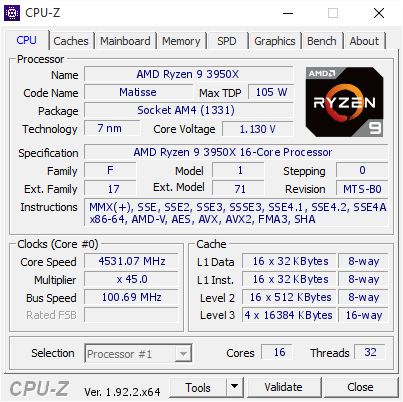

TESTING METHODOLOGY
Not long after I first started testing SSDs back in 2008, I concluded that it's almost impossible for any single benchmark suite to accurately measure their performance and that's why in certain benchmark suites we see amazing read/write performance numbers with some drives while in others things are quite different. The reason behind this is that some benchmarking suites are configured to read and write random chunks of data while others read and write constant (sequential) ones. So that's why i always use a very wide selection of benchmarking suites including AIDA64, HD Tach RW, HD Tune Pro, Crystal Disk Mark, Sisoftware Sandra Pro, AS SSD, IOmeter and ATTO. To get the most accurate results each test gets repeated a total of 6 times with the average performance numbers recorded into the charts*/****. Also, as of February 25th 2015 our results will also include the Storage Networking Industry Association’s (SNIA) IOMeter tests. These tests include a 12 Hour write test used to “simulate” performance degradation over time and a mixed workload test which basically shows what you can expect when using an SSD continuously for roughly two hours. Unfortunately, due to the time required for these tests they get repeated a total of 3 times and not 6 as the above.
Many people have made inquiries about our charts in the past so once again please do keep in mind that the Charts have the average performance numbers of each drive recorded and not the peak (highest) ones. Also, although every single one of these programs can help potential buyers choose the right drive for their needs you should also remember that from any kind of benchmark up to real world usage the gap is not small (and usually most differences will go unnoticed by most people). All tests were performed in a fresh Windows 10 Pro x64 installation complete with every update up to the date of this review.
* Since November 2018 the SSD comparison charts have been divided to 2.5” and M.2 models to reduce their growing size.
** Unless stated otherwise the Ryzen 9 3950x based Test Rig used for M.2 Gen 4 SSD reviews is not located in the lab.
*** As of January 2021 for Gen 3x4 models I’ll be using the Core i9-7980XE test rig (after numerous tests the up to 6% difference in read & write performance compared to the i7-6700 system simply wasn’t enough to justify having an extra test rig around).
**** Since February 2022 M.2 NVMe Gen3 and Gen4 SSD drives are placed in different charts.
TEST RESULTS - AIDA64 / ATTO


TEST RESULTS - HD TACH RW / HD TUNE PRO


TEST RESULTS - SISOFTWARE SANDRA PRO / CRYSTAL DISK MARK


TEST RESULTS - AS SSD / IOMETER

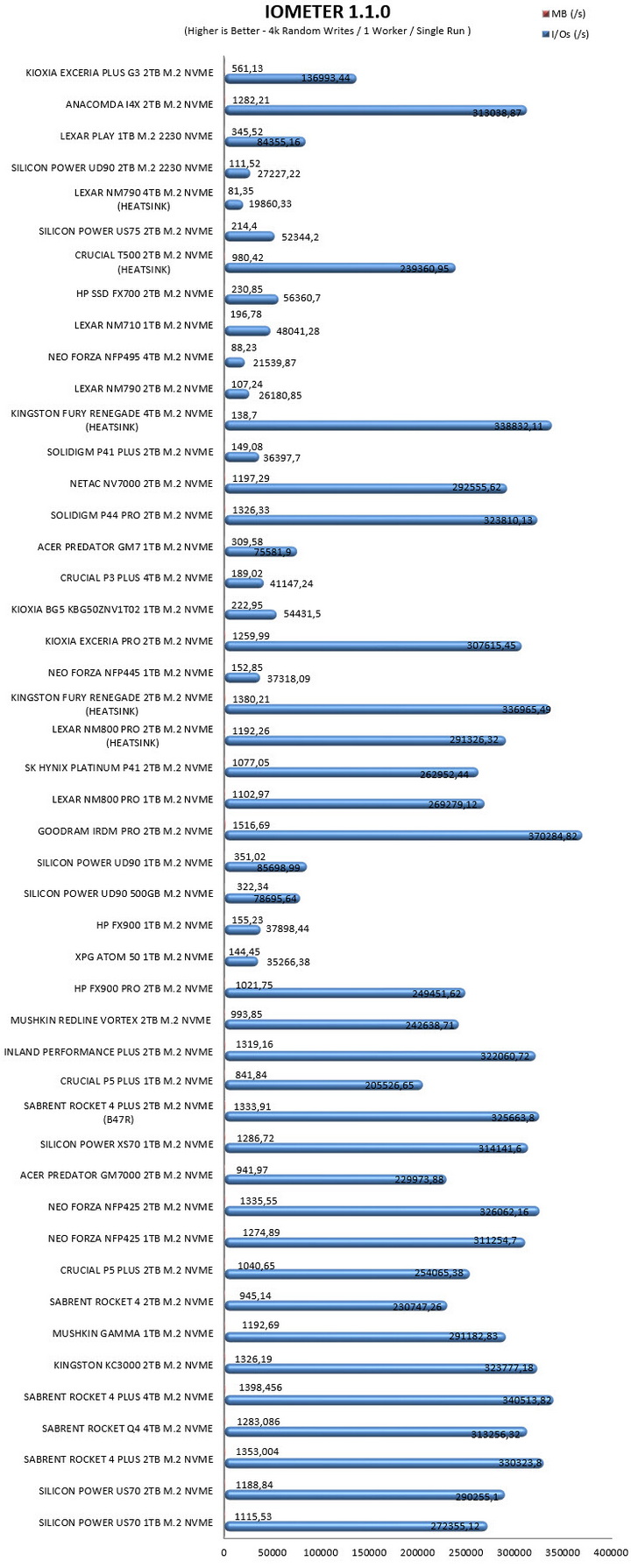
TEST RESULTS - IOMETER SNIA
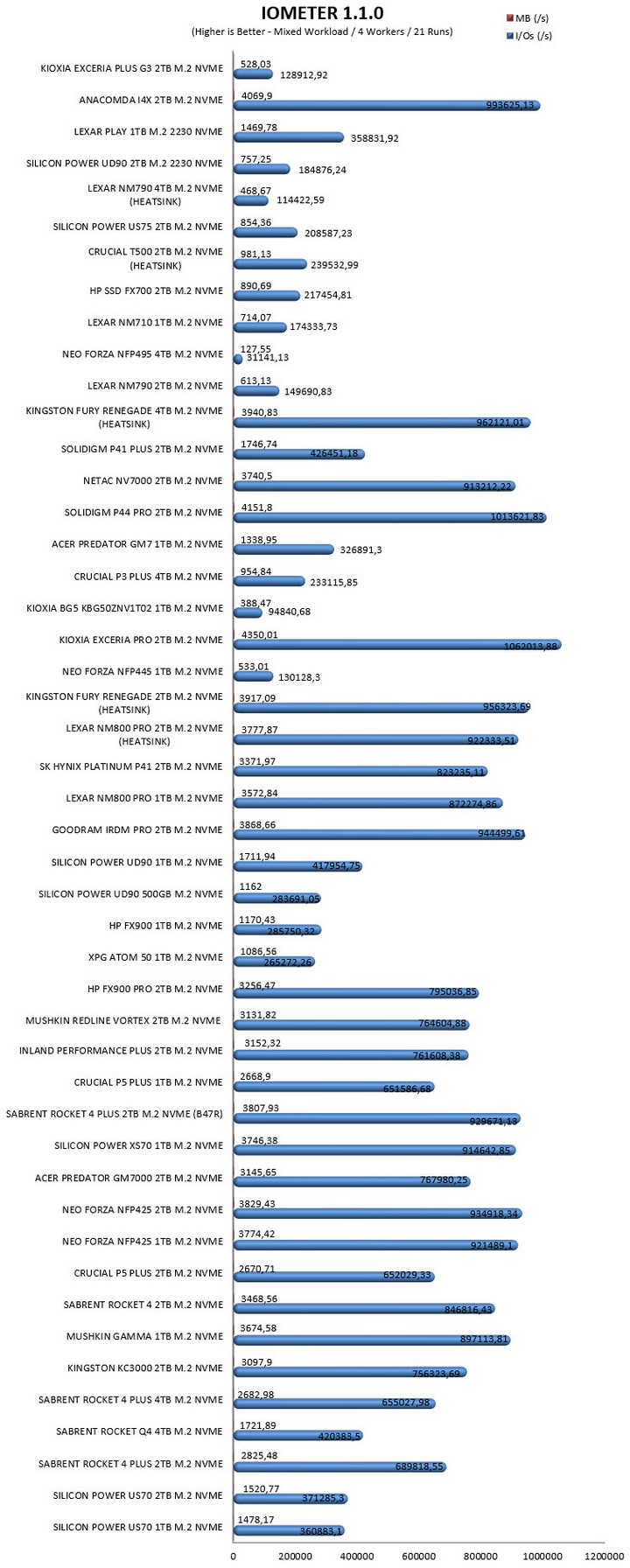
CONCLUSION

At 5000MB/s in reads and 3900MB/s in writes (max advertised number) the EXCERIA PLUS G3 might not be the fastest Gen 4 SSD out there but it should be more the sufficient for consumers on a budget. Durability numbers although far from impressive are good and as for warranty 5-years is not something we see a lot, especially not with mid-end models. My main complaint with the EXCERIA PLUS G3 is that it’s not available at 4TB (nor 500GB but not many do buy such capacities nowadays) and by now I was hoping more manufacturers would have released 8TB ones.
Right now, the EXCERIA PLUS G3 2TB PCIe 4.0 Gen 4 M.2 NVMe SSD by KIOXIA retails for 118.99Euros inside the EU (Amazon.de) a price tag which is more or less what you’d expect. Again, the EXCERIA PLUS G3 2TB might not be the fastest Gen 4 SSD out there but it does offer good performance and endurance and for that I do recommend giving it a chance.
PROS
- Good Overall Performance (Up to 5000MB/s Read & 3900MB/s Write)
- 5 Year Limited Warranty
- Price (For Some)
CONS
- Thermal Throttling (During SNIA Tests)
- USA Availability

 O-Sense
O-Sense










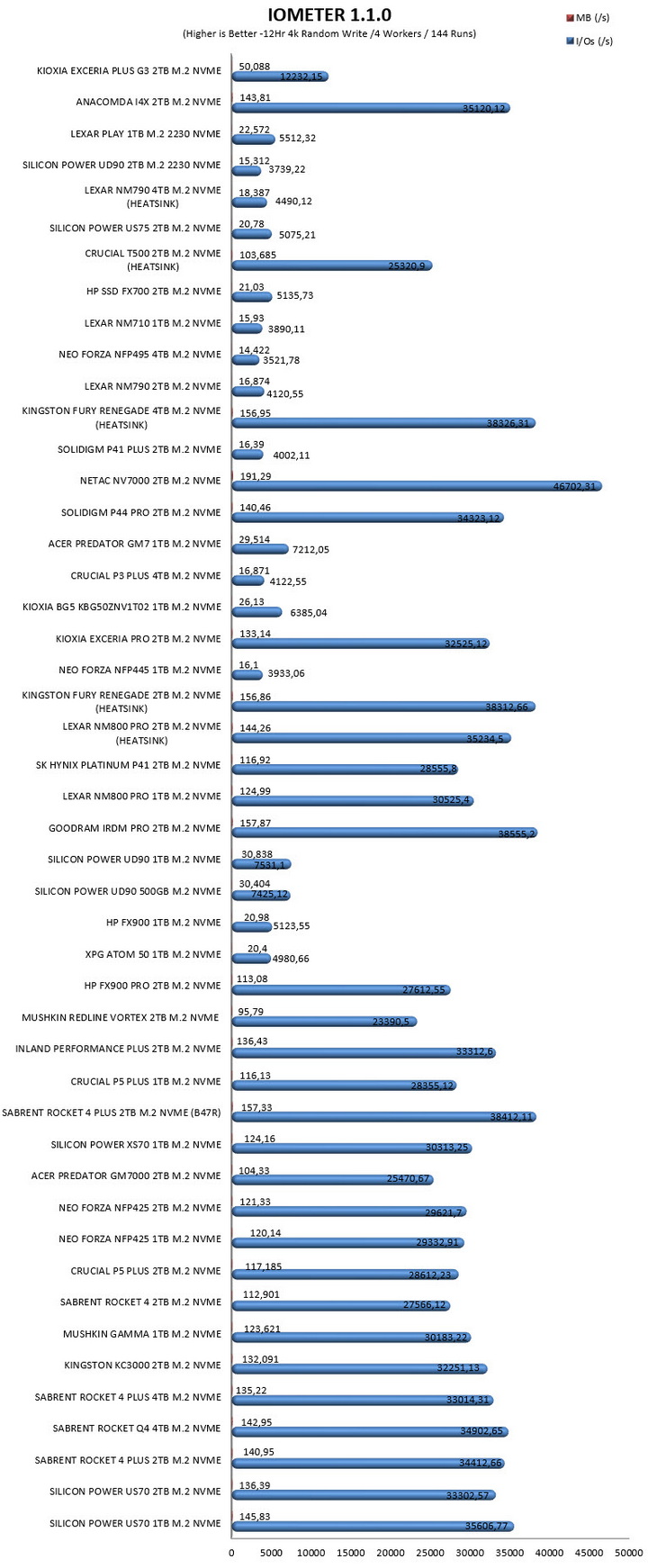
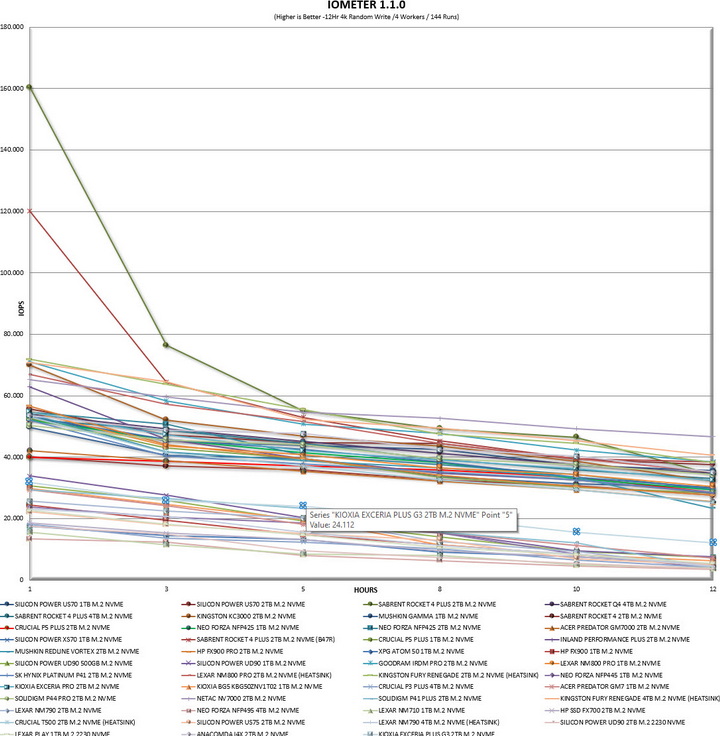


.png)

